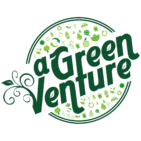"The future will belong to the nature-smart, those individuals, families, businesses, and political leaders who develop a deeper understanding of the transformative power of the natural world and who balance the virtual with the real. The more high-tech we become, the more nature we need."
Richard Louv
In today’s world of gadgets, screens, apps etc. children spend less than half the time outside than their parents did growing up. Nature Deficit Disorder is a problem where children are losing out by not being exposed to the natural world. Louv writes “The human costs of alienation from nature, among them; diminished use of the senses, attention difficulties, and higher rates of physical and emotional illness”
We always think, feel and act better in the natural world. There are happier emotions, more confidence tunnelling through our brains which go on to establish better bonds and we tend to remember what we learnt, simply because our senses are naturally tuned that way.
For many schools and parents nature is still an untapped and unrealised part of learning and development. Seen only as ‘play’ and ‘extracurricular activity’, there is still a lot more understanding required in the learning part of the outdoors for this to be taken seriously and consciously by education schools. All our inputs, ideas, mental and development benefits perspectives, memories and are realised through the outdoors. If we can do that there will be an automatic tendency to ensure there is more of the natural world around.
Learning Blocks of Nature
Nature can give us a practical coaching of subjects and knowledge taught at the classroom level. Our minds and memory immediately works better in a natural setting. Watching and listening the call of birds, sound of water, the wind blowing actually sharpens our senses and retains what we see and hear. Academics plays a role in every step, the information out there is so much and goes beyond text books and data. We can take abstract information and relate it in this real world.
Activities like ‘Spot the number of insect species hidden under stones’, or ‘Tree diversity and observation’ in subjects in Science and Geography have impact in learning and assessment skills. Older children can also mark out certain area which contains plants and trees and follow a geometry exercise of length, height, width as size chart. This applies for other subject topics as well ‘Treasure Hunt’ a game played post a detailed guided farm trail is informative and leads to a General Knowledge exercise. Arts and Humanities are great too, the natural world offers a landscape of so many options, be it a leaf, a tree, a sunset or silhouette the options are plenty. Poetry and Literature comes easily, the push buttons are all there to experience.
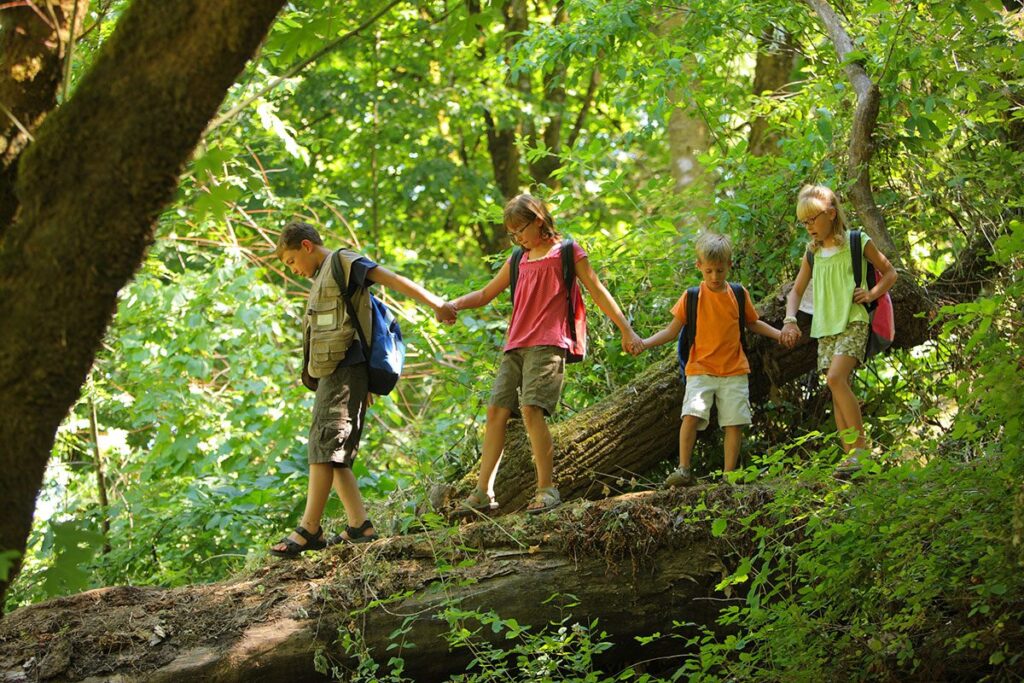
Power of Mitti & Microbes
Dirt has many roles to play in our lives; the very foundation of this wonderful substance is the earth. Filled with health benefits, dirt has millions of microscopic microbes that are the very same ones that line the gut in our stomach and intestines. Health experts and nutritionists advise on having a healthy dose of fibre and fruit in everyday diet as this is responsible for replenishing intestinal microbes. But come to think of it, these raw food products come from dirt itself right? So is it not natural for children to play, muck, run and fall on dirt? Call it a‘re-aligning’ of sorts.
Mitti and microbes start when children touch, pick, handle almost anything in the living world. Climbing, swinging off trees, picking up stones, bugs, food produce from the soil or simply shaping a mud pot are some wonderful ways of getting dirt in our lives more. This could come in taking a walk outdoors or using the park jungle gym. Dirt is big time immunity builders; Science has proven that handling mitti on a regular basis actually increases out nervous system and lessens our chances of falling sick.
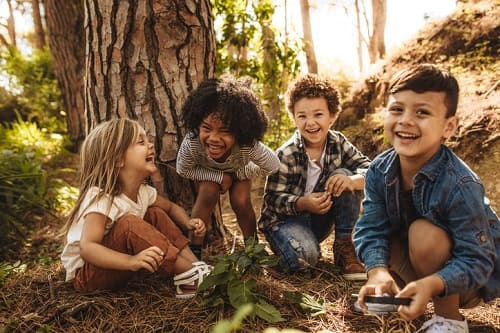
Nature trips are not only for the small children
A common misnomer that many institutions make is sending very small children to nature and outdoor related trips as they feel this is best for this age only. Wrong. The natural world has proven most impactful for children between 10-14 years of age. A period when learning and understanding is high, their brains are like sponges and they able to understanding many concepts and explanations of the outdoor world without getting too distracted at the same time. While we are not saying that younger children cannot go for this, at an older age the experience is felt far more, remembered longer not to mention many topics and subjects can be covered in meaningful ways. Connecting academics and subject topics naturally kick in too. The 360 degree effect is felt far more, as you read along you will know what we mean.
Mitti and microbes start when children touch, pick, handle almost anything in the living world. Climbing, swinging off trees, picking up stones, bugs, food produce from the soil or simply shaping a mud pot are some wonderful ways of getting dirt in our lives more. This could come in taking a walk outdoors or using the park jungle gym. Dirt is big time immunity builders; Science has proven that handling mitti on a regular basis actually increases out nervous system and lessens our chances of falling sick.
Increasing Social Confidence and Building bonds
All children have inhibitions and the natural world works the mind in a positive manner to bring out the best in them. Children who are unused to the outdoors find themselves unfamiliar with the sudden amount of freedom and removal of the everyday comfort zone. If this exposure is channelled in a way that allows them to partake in what the environment offers, the mental makeup improves and increases confidence and performance in children.
Farm animal’s play a role here, answering the expert’s questions is another boosting factor, and exercises and quiz also encourages children to think better. Students also share what they know about the natural world, where they have gone and their past experiences which build connections to the topics and present world. Whether it is big or small or a ‘plant growing at home’ Why does this happen only when we are in this setting? Because the environment pushes us to do, think and act better and brings up these memories.
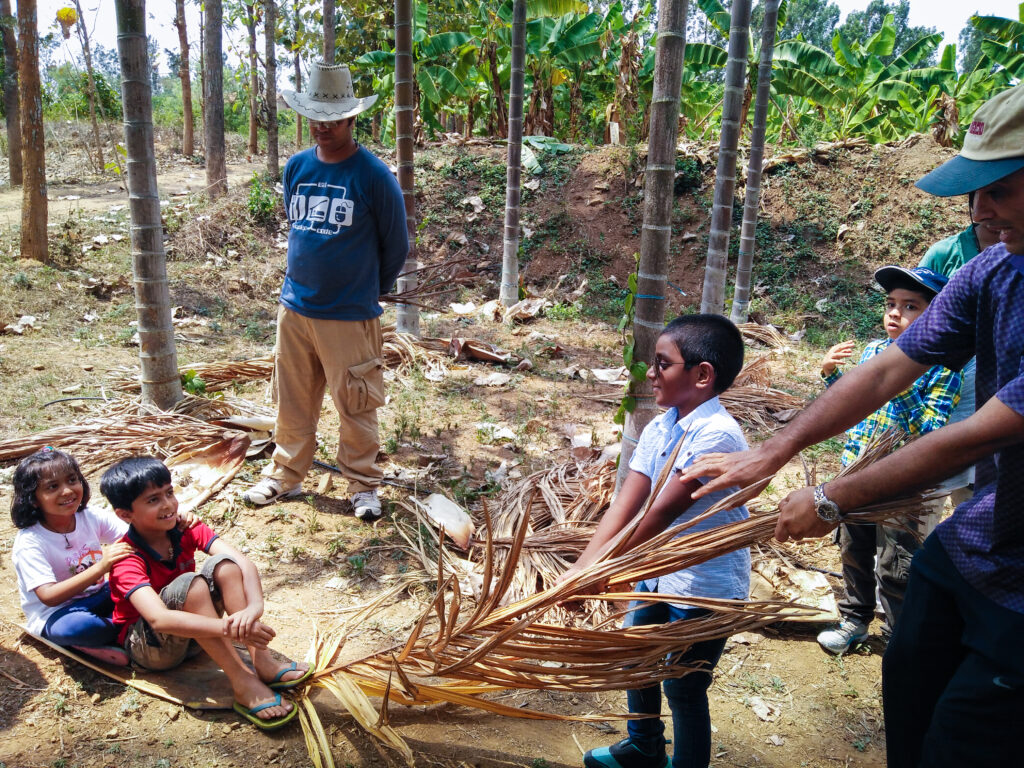
Trigger of Happy hormones Higher Emotional Intelligence
Emitting an understanding of the outdoor and green space where you see, learn and touch food that is grown on soil and have the fulfilling experience of tasting, creates positive impact that trigger happy hormones in the brain. Once we have kids who are happier, fulfilled and connected this also makes them grow and accept the reality of what they are being exposed to.
Showing individuals plants like banana, mangoes, crops like ragi, hyacinth, tur dal that attracts birds, pollinators, earthworms, mixed farming, being observant and quiet experiencing what this is like on a plate sows seeds of healthy respect and interest in the area. Call it a part of growing as well, and we know that children will share these experiences with family members too.
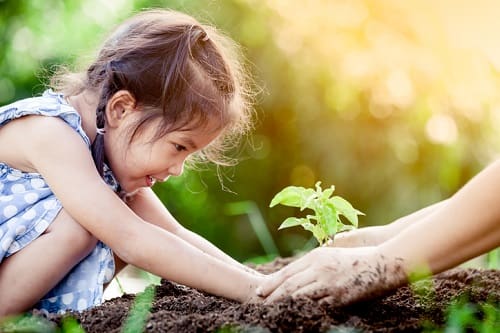
Overall Development and Growth
With all the previous benefits derived, you can only imagine how a 10-11 year old child is going to grow. Mentally sound, emotionally equipped, intelligent and open, flexible to changes as they grow into adults. This leads to better development, happier parenting, successful schooling and high performance of students.
Showing individuals plants like banana, mangoes, crops like ragi, hyacinth, tur dal that attracts birds, pollinators, earthworms, mixed farming, being observant and quiet experiencing what this is like on a plate sows seeds of healthy respect and interest in the area. Call it a part of growing as well, and we know that children will share these experiences with family members too.
What should you do?
Get outside, in the sun as much as possible even if it’s just for an hour. Head to the neighbourhood park, walk down and observe the trees on your road, sit in the building garden anything which takes you closer to a green space. Encourage children to bring the outdoors inside, like collecting seeds, stones, leaves etc. and create a space in the house for this to be stored. Bad weather? Dress for the outdoors and get your daily dose of nature.

